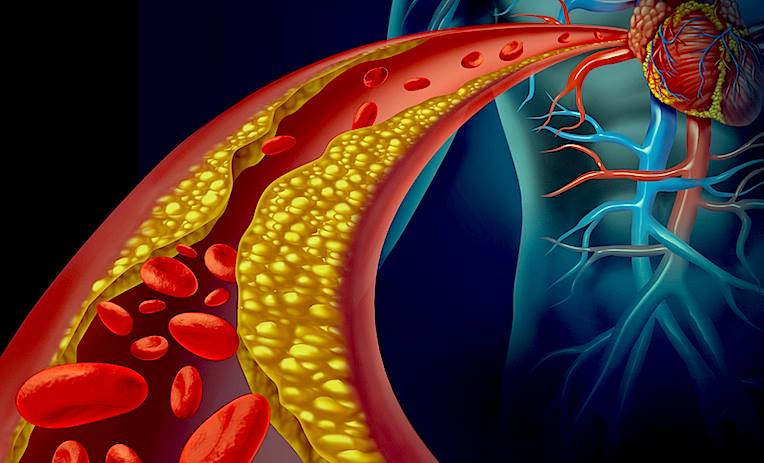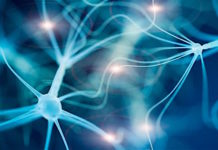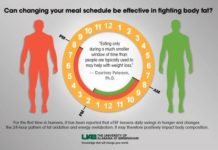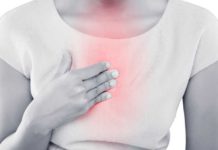Sandwiched between the constant slew of drug advertisements that fill most of the scant 30 minutes that pass as evening ‘news’ on national broadcast networks are occasional snippets of ‘content.’ Not surprisingly, some of this ‘content’ seems to benefit corporate advertisers in ways that are becoming increasingly blatant. And keep in mind, drug ads were completely banned from TV, and for good reasons, until pharmaceutical lobbyist got the laws overturned 12 years ago.
So recently I saw a number of reports in the press and on TV warning about new health concerns over niacin (vitamin B3). Looking at the study it turns out that it wasn’t about niacin, which has an incredible safety profile. In fact, the study was set up to examine what happens when you add extended release niacin to a combination of powerful drugs that all have serious side effects, including 1) a statin, 2) a pharmaceutical antihistamine, and 3) another drug that increases HDL levels. When the study went wrong and the participants started having problems with this witches brew, guess where the researchers decided to place the blame? Of course, on the natural substance that has never been a problem before.
Trying to figure out what the study was really about I turned to my good friend and noted anti-aging gerontologist, Ward Dean, MD, for his perspective on the issue.
Thanks for giving me the opportunity to respond to this issue. The study in question was not a study of niacin, per se. It was actually a study comparing the addition of extended-release niacin plus laropiprant (an antihistamine which purportedly reduced niacin-induced flushing) to patients who were already taking simvastatin 40 mg per day, or simvastatin plus ezetimibe 10 mg per day (ezetimibe is a drug that is designed to increase HDL).1
I was really surprised to note that it wasn’t just a single article warning against niacin. The same issue of the New England Journal coincidentally had a Letter to the Editor, questioning the “Safety Profile of Extended-Release Niacin in the AIM-HIGH Trial,”2 and an Editorial, “Niacin and HDL Cholesterol – Time to Face Facts”3 — i.e., a triple take-out piece!
The study involved 25,637 high-risk patients from 245 test sites in the UK, Scandinavia, and China. The “placebo” group received Simvastatin 40 mg or Simvastatin 40 mg plus Ezetimibe 10 mg, plus a 50 mg low-dose niacin-containing “placebo.” The “Niacin” group received 2,000 mg of extended-release niacin and 40 mg of Laropiprant, in addition to the Simvastatin or Simvastatin plus Ezetimibe, as was given to the placebo group. The participants in the study were followed for a median of nearly four years. The study was stopped prematurely after three years because of an apparent lack of benefit with extended-release niacin (plus laropiprant).
The authors concluded that the Niacin-Laropiprant combination “did not significantly reduce the risk of major vascular events, but did significantly increase the risk of serious adverse harm,” and alleged that, “the study identified significant hazards, some of which had not been reported previously with niacin.”
Lipid-Lowering Effects of Niacin
Let’s digress. The cholesterol-lowering effects of nicotinic acid were first reported in 1955.4 The clinical benefits of immediate-release nicotinic acid were best demonstrated in the Coronary Drug Project (CDP), which compared immediate-release niacin with other cholesterol-lowering regimens on cardiovascular end points.5 In the CDP, immediate-release niacin reduced the total cholesterol level by 26 mg/dl (from a high baseline level of 253 mg/dl), and after six years, reduced the incidence of non-fatal MI (heart attacks) by 26% and cerebrovascular events (strokes) by 24%. Moreover, 9 years after trial termination, the group treated with niacin had 11% fewer deaths than the placebo group (Fig 1).5 Although lipid fractions were not measured in the CDP, subsequent studies with immediate-release niacin showed that it reduces LDL up to 25%, triglycerides up to 50% and Lp(a) up to 35%; and increases HDL up to 35%.6-8
The most commonly reported side effect of immediate-release niacin are the well-known flushing and itching of the skin (cutaneous vasodilation) that can be so uncomfortable that it may cause some people to discontinue taking it. Although the flushing can be overcome by taking niacin at the end of a meal, or by taking an aspirin 30 minutes prior to taking niacin, it is also self-limited, and tolerance to flushing develops with continued use. Nevertheless, pharmaceutical companies developed timed-release preparations to minimize or eliminate this effect. Unfortunately, timed-release niacin is less effective (and more toxic) than immediate release, cheap, over-the-counter niacin (Fig. 2).
Full Article and Figures: http://bit.ly/1uO3dRc















